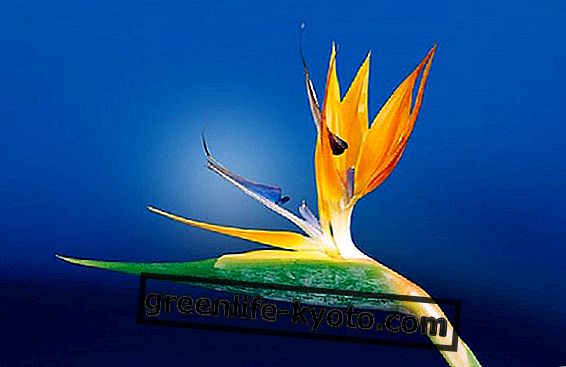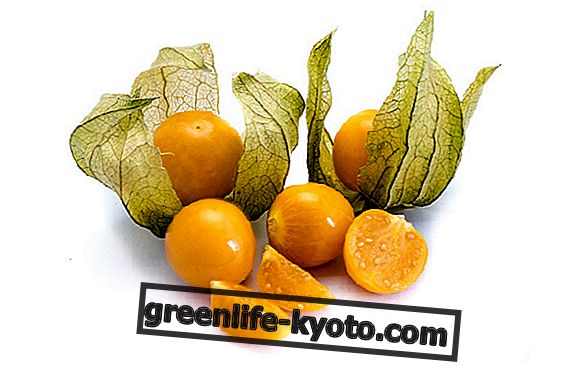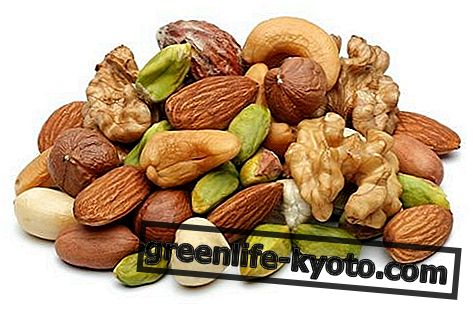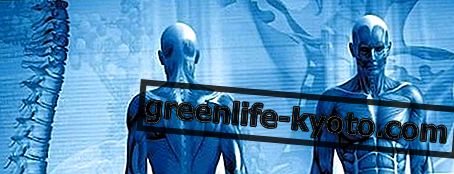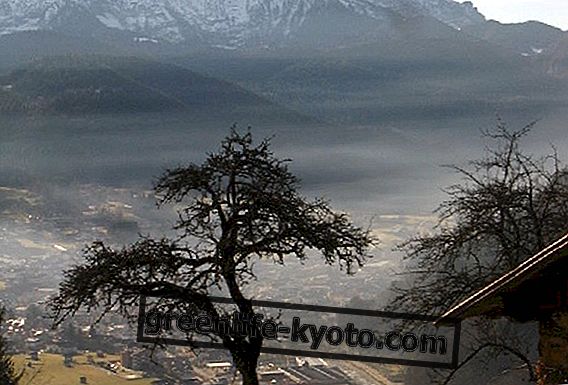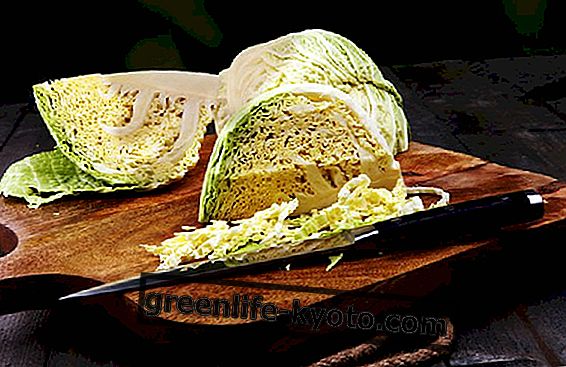
In this article we will talk about officinal herbs for the prostate, where " herbs " means annual or perennial species, which differ from " plants" due to their non-woody consistency , mostly green in the aerial parts, which are used in the past in the " workshops " (laboratories) of the apothecaries, and for this reason you call them " officinal ".
To treat prostate disorders, herbal medicine uses plants and medicinal herbs, and among these many are shrubs such as bearberry or trees such as seronoa or sequoia, with marked anti-inflammatory, antibacterial and balancing properties of the male hormone system .
Here instead we will talk about the officinal herbs that we often meet as soon as we enter the fields and the green spaces of the city and that we often define as weeds .
The prostate and its disorders
The prostate is an endocrine gland, as big as a walnut, which is part of the male genital apparatus . Crossed by the first portion of the urethra, it is located under the bladder and has the function of producing the seminal fluid, one of the constituents of the sperm, which contains the elements necessary to nourish and convey the spermatozoa. As men get older, the prostate tends to get bigger. For most men this enlargement is not a problem, but in some cases it can give rise to urinary symptoms : slow and / or interrupted flow, more frequent difficulty or need to urinate, a feeling of incomplete emptying, and in some cases, incontinence (loss of control of urinary function).
This gland may be the site of inflammatory diseases such as prostatitis, or of an oncological nature such as benign prostatic hypertrophy (BPH), and malignant tumor (prostate adenocarcinoma). Being located below the bladder and around the urethra it can affect the way you urinate; therefore every time heartburn or alteration in urination occurs, the prostate can potentially be the cause.
Prostatitis is an inflammation, which affects men at a young age and is most often caused by an infection with bacteria, coming from the bladder or urinary channel. Even incorrect living habits, stress, alcohol abuse or the practice of some sports such as horse riding or cycling can cause this disorder.
Benign prostatic hypertrophy (BPH) causes the progressive enlargement of the prostate, which usually begins with middle age . Although the actual causes of this disease are still not entirely clear, the data show that there is a relationship between the onset of this disorder and hormonal change, typical of advancing age. In fact, around 25% of men over 50 begin to develop this disorder.
Finally, among the prostate disorders we find the most serious one: prostate adenocarcinoma . This constitutes a relatively common malignancy, whose incidence increases with age . Over the age of 50, in fact, the risk is higher and therefore the PSA examination should be performed at least once a year after reaching that age. The causes of cancer are not easily identifiable but there seems to be a genetic component, beyond that linked to lifestyle, nutrition, etc.
Herbs for the prostate
Among the herbs for the prostate, which we can commonly find in the vegetable gardens or simply in the park below the house, we find
- Pumpkin: belonging to the Cucurbitaceae family, they are generally annual, rarely perennial plants. They are almost all herbaceous plants, that is, they have no woody stem. Their fruits, called "pepònidi", are coated with a more or less hard skin and have a fleshy pulp in which there are numerous seeds . Pumpkin seeds, with beneficial properties, are widely used in herbal products for the treatment of benign prostatic hypertrophy, because they contain betasterols structurally similar to androgens and estrogens. These substances have proven to be useful for lowering cholesterol levels and improving the symptoms of prostatic hypertrophy, an effect that appears to be partly due to the ability to inhibit the conversion of testosterone into dihydrotestosterone, and partly to the obstacle offered to the link between androgen receptors and dihydrotestorone. The latter substance is a hormone derived from testosterone by the enzyme 5-alpha reductase, which is involved - among other things - in the hyperproliferation of prostate cells.
- Nettle: perennial herbaceous plant, native to western Asia, today widespread in all temperate regions of the globe, including Italy and considered as a pest. The root corresponds to the part of the plant (drug) that plays a leading role in the symptomatological treatment of benign prostatic hypertrophy. In fact rhizomes and dried roots are characterized by the presence of phytosterols (β-sitosterol, daucosterol and related glucosides) and scopoletin ; the presence of tannins, lecithins, mineral salts, phenylpropanes and lignans is also fairly good. The latter in particular are able to limit the growth of prostatic tissue, induced by androgens and in particular by dihydrotestosterone; while the presence of phytosterols makes the plant capable of decreasing the conversion of testosterone into estrogen, thus rebalancing the androgen / estrogen ratio.
Serenoa is also a useful herb for prostate disorders as it is able to rebalance the hormonal system, but it can have some side effects .
